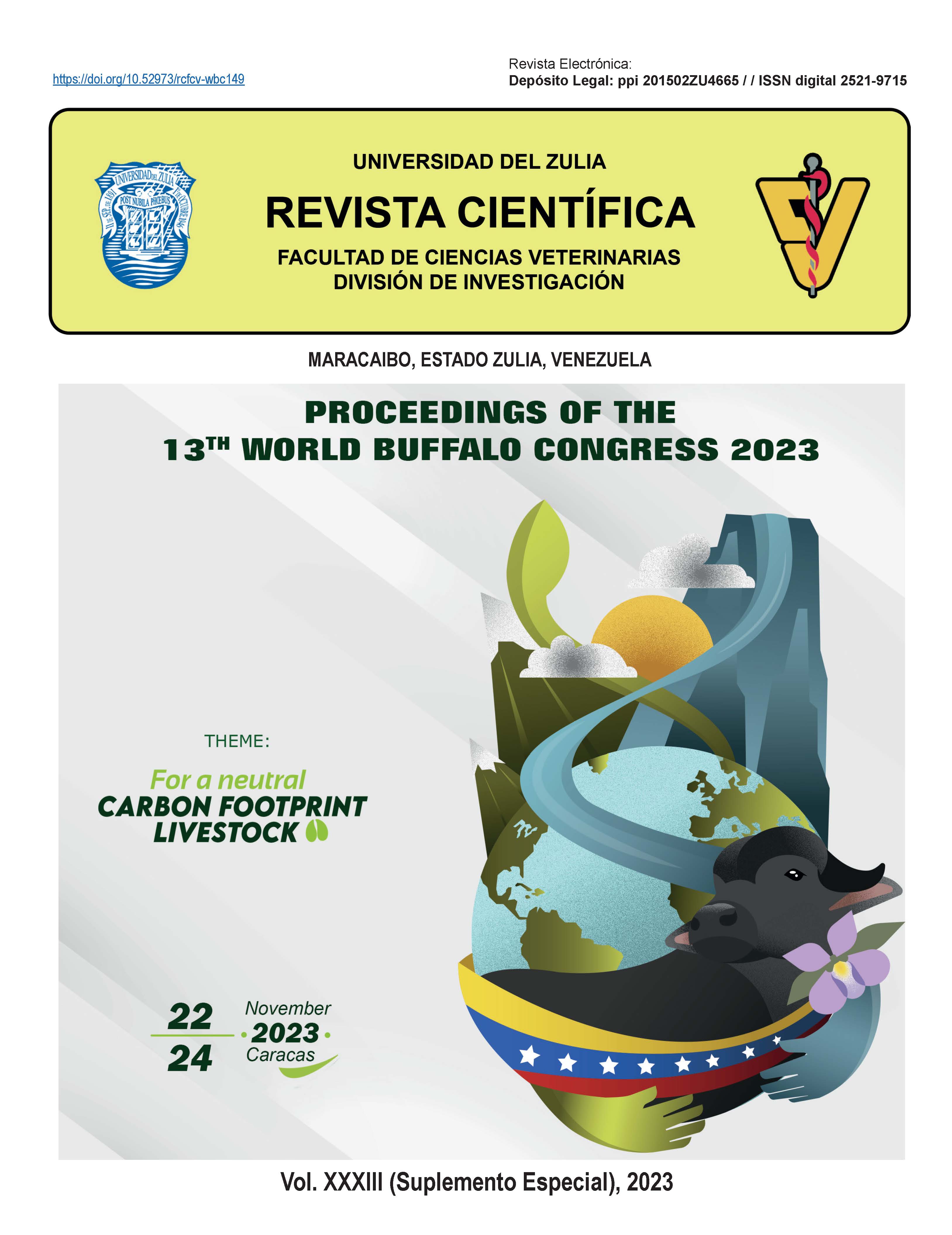Risk factors for Toxoplasma gondii seropositivity in buffaloes in a Mediterranean area
Abstract
Toxoplasmosis is a worldwide widespread zoonotic infection caused by the intracellular protozoan Toxoplasma gondii. This infection is considered one of the most important food-borne parasitic zoonoses globally. In addition to its public health impact, toxoplasmosis also has important veterinary implications, as it causes abortions or congenital malformations with negative economic impacts. Several serological studies on toxoplasmosis in water buffaloes (Bubalus bubalis) are fragmentary, dated, consider a low number of animals compared to the present population and do not relate the epidemiological update in an area of the Mediterranean. For this reason, the objectives of this study were to define the seroprevalence of T. gondii infection in water buffaloes and to assess the risk factors associated with infection in water buffalo farms. A total of 184 dairy buffalo farms were randomly selected upon arrival of blood samples collected during state prophylaxis and analyzed with an indirect ELISA kit (ID Screen®, Indirect Toxoplasmosis Multi-Species, IDVET, France), according to the manufacturer›s instructions. The random selection of farms allowed us to consider different areas of the Campania region where the highest concentration of buffalo herds exists. For the risk assessment study, a specially designed questionnaire was administered that considered several factors (number of animals, presence of cats and rodent control measures) as well as presence of clinical signs such as abortions in adult buffaloes. Of a total of 13,649 animals analyzed, 2,693 tested positive for T. gondii (19.7%; 95% Confidence Interval [CI] = 19.7-24.6%), and out of 184 buffalo farms 179 tested positive (97.3%; 95% CI = 93.8- 98.8%). Of the T. gondii positive farms, 97% had cats on the farm and 85% did not implement rodent control measures. These findings indicate that these two risk factors are the most prevalent and need to be monitored for infection control on buffalo farms.
















